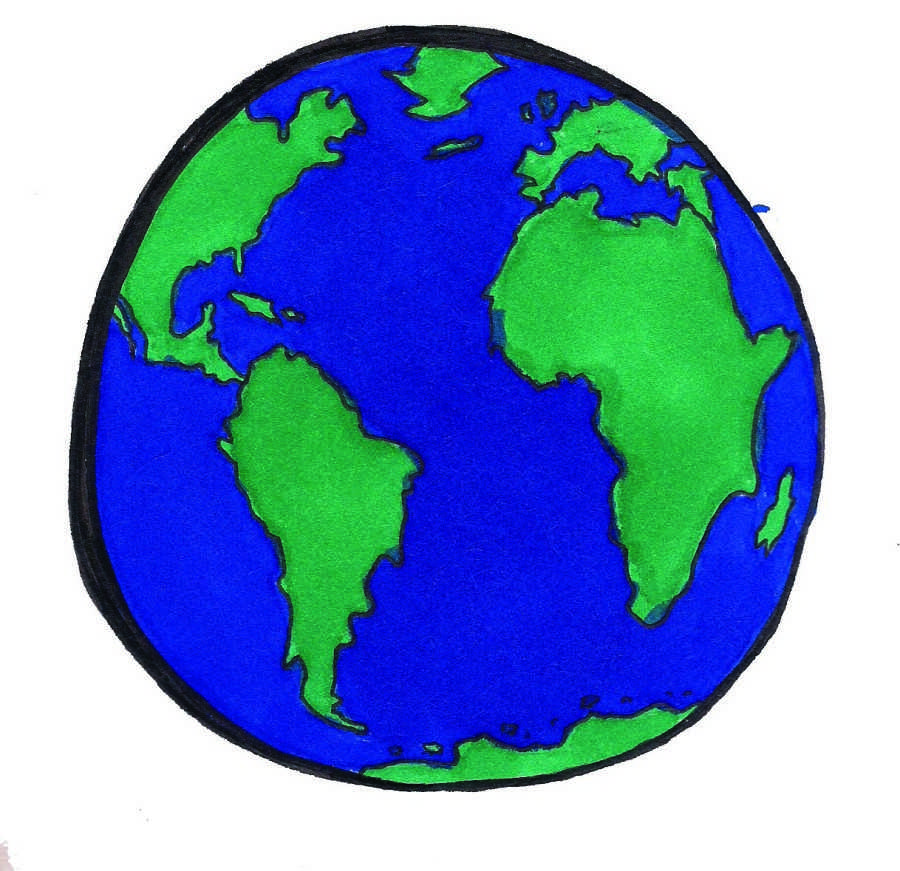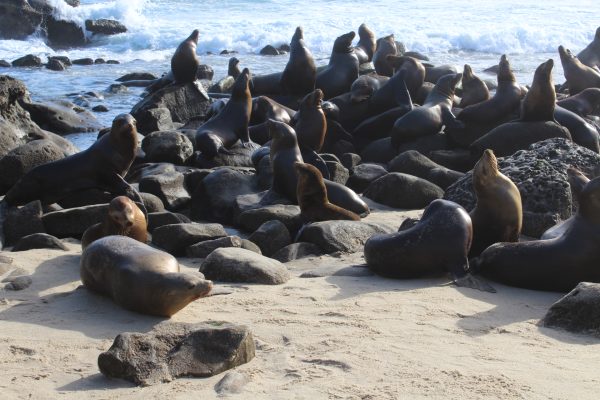The History of Earth Day
Keeping it Clean: Earth Day Special Edition, pages 4 and 5
April 8, 2016
Growing up in San Diego, we have always been aware of Earth Day. But, have you ever wondered just where that annual celebration of environmental conservation came from?
According to The History Channel’s website, during the 1960s, the environment was not a priority for Americans. They filled cars with leaded gasoline and their industries pumped out pollutants without abandon into the water and sky. But, as the world around them began slowly dying, Americans began to realize how pollution was affecting their well being (history.com).
The movement reached its culminating point when a devastating oil spill hit Santa Barbara, California in 1969, according to The Daily Catch. US Senator Gaylord Nelson took notice of the lack of regulations and proposed Earth Day in the spring of 1970. Nelson wanted to make a day dedicated to teaching the people about the effects of pollution and how to stop it (theterramarproject.org).
According to an Earth Day website, April 22 was chosen because it was right between Spring Break and finals, so college students, who made up the majority of the movement, could attend. Thousands of colleges and universities helped organize protests against environmental collapse, many of which were previously fighting for better sustainability (earthday.org).
According to the Environmental Protection Agency (EPA), not only did this catch the eye of citizens, with almost twenty million people demonstrating across the country, but also the American government was forced to pay attention to the massive amounts of toxic waste being spewed into the air without any legal or regulatory backlash. In December of 1970, the EPA was born and the slow process to clean up the Earth began (epa.gov).
Throughout the rest of the 1970s, different steps were taken to further move towards sustainability and cleaner resources. Many pieces of legislation were passed including the Clean Air Act, the Water Quality Improvement Act, and the Endangered Species Act, among many others (history.com)
The support for Earth Day has grown exponentially, becoming a celebrated day internationally by 1990. Now, Earth Day is in collaboration with over 15,000 organizations in 174 countries, and around one billion people participate every year (history,com).
So if you want to be part of a historically important day and fertilize your mind with new ways to be sustainable, then head over to the Balboa Park Earth Day celebration this April 17 from 10 a.m. to 5 p.m.









Joan Arboleda • Apr 8, 2016 at 12:32 pm
I found Joe Commander!!